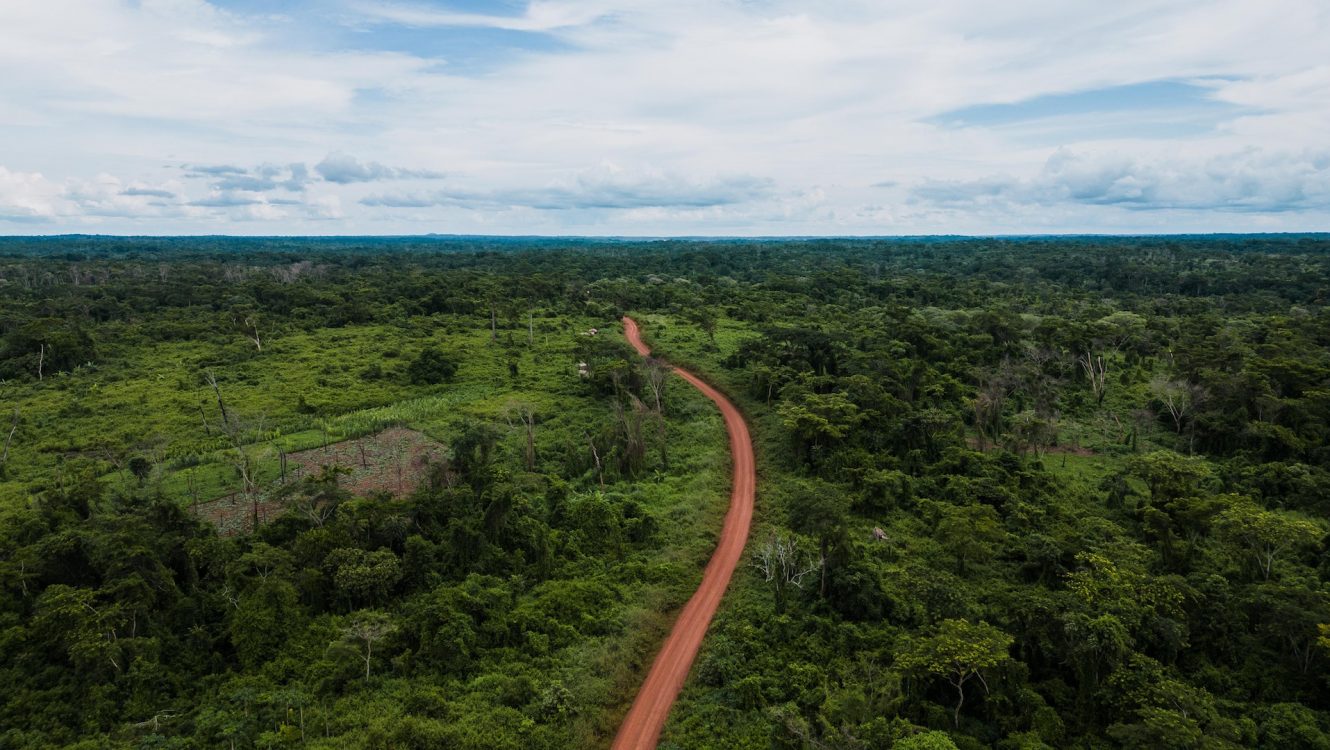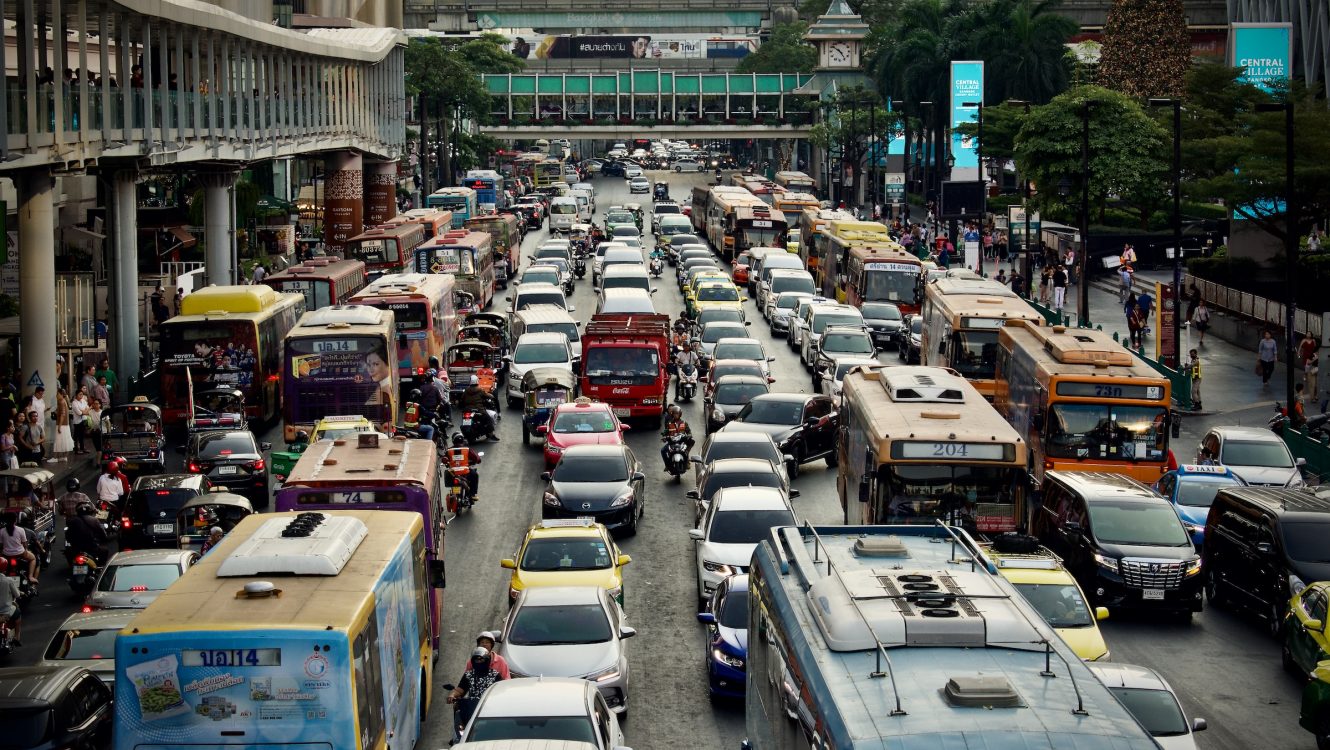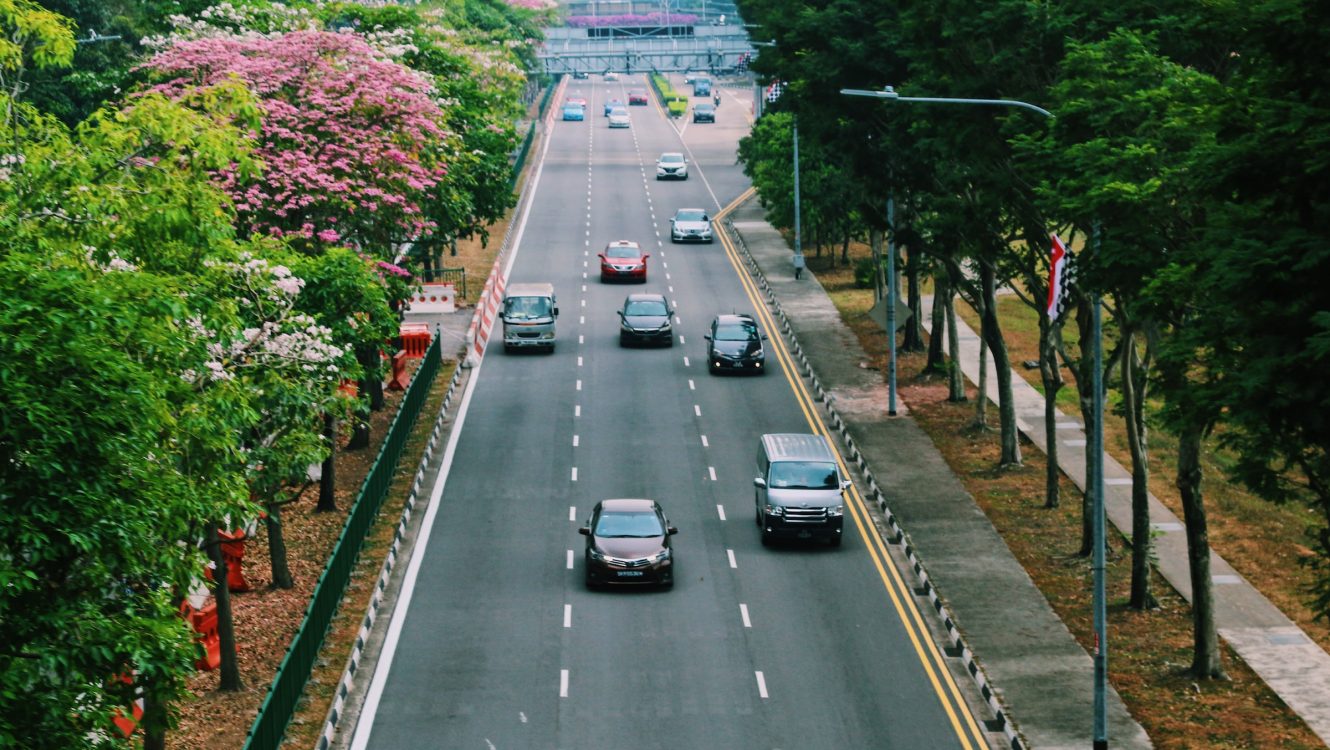Amazon Engulfed: Climate Crisis Fuels Fires and Drought in Earth’s Largest Rainforest
As the world grapples with the increasing intensity of the climate crisis, the heart of South America— the Amazon rainforest — is sounding an alarm of unprecedented ecological distress.
A Hazy Horizon
The sky over vast expanses of the Brazilian Amazon is obscured by thick smoke billowing from relentless forest fires. This year, the region has been hit by one of its most severe droughts, with several rivers recording historically deficient levels.
In Manaus, a bustling metropolis home to 2 million residents, daily life has been disrupted as the city’s air quality plummeted, ranking among the most polluted worldwide. Educational institutions are halting classes, and outdoor events, including an anticipated international marathon, have been postponed or canceled altogether.

Continuous forest fires are a major threat to the lives and health of residents of cities and towns
Alarming Figures
A mere 11 days into October, the Amazonas state reported a staggering 2,700 fires, marking the highest count for the month since official records started in 1998. The primary cause? Human activity. With the vast majority of these fires intentionally set for purposes like deforestation and creating pasture lands, the delicate balance of this biodiverse region is being precariously tampered with.
The last six weeks have seen cities like Manaus submerged under dense smoke, making the simple act of breathing a challenge. Analogous to conditions in some of Asia’s major urban hubs, the city’s air quality index has been wavering between “unhealthy” and “hazardous.”
An Unprecedented Shift in Climate Patterns
October has historically heralded the onset of the rainy season for the Amazon. But 2023 has defied norms. Warming waters in the northern Atlantic Ocean are playing havoc with regular rain cloud movement. Add to this the looming peak of El Niño in December — characterized by a rise in surface water temperatures of the equatorial Pacific Ocean — and the region’s ecological rhythm is thrown into chaos.
The implications are widespread. Several of Amazon’s primary rivers are dwindling to their lowest, hampering navigation and stranding numerous riverside communities. In a particularly grim incident at Tefe Lake, the overheated and depleting waters became a death trap for numerous river dolphins, including the endangered pink dolphin species.
A Cry from the Heart of the Amazon
For locals like Mônica Vasconcelos, a climate perception researcher at Amazonas State University, the crisis is both a physical and emotional ordeal. Speaking to the Associated Press, she expressed her anguish over the harrowing conditions: “It’s been agonizing to witness the city smothered in smoke, endure soaring temperatures above 40°C (104°F), and learn about our lifeline— the rivers —vanishing.”
Vasconcelos attributes the ongoing devastation to the broader issue of climate change, admitting a bleak outlook for the Amazon’s future. As Brazil celebrated Children’s Day on October 12, she poignantly mused, “Can our children still enjoy a day playing outdoors in such conditions?”
In Conclusion
The Amazon, often referred to as Earth’s “lungs”, is gasping for breath. As fires rage and waters recede, the need for global cooperation and swift action to address climate change becomes increasingly clear. The consequences of inaction are not limited to Brazil or the Amazon but resonate globally, impacting ecosystems, economies, and future generations.
©globalgreenhouse.eu






















